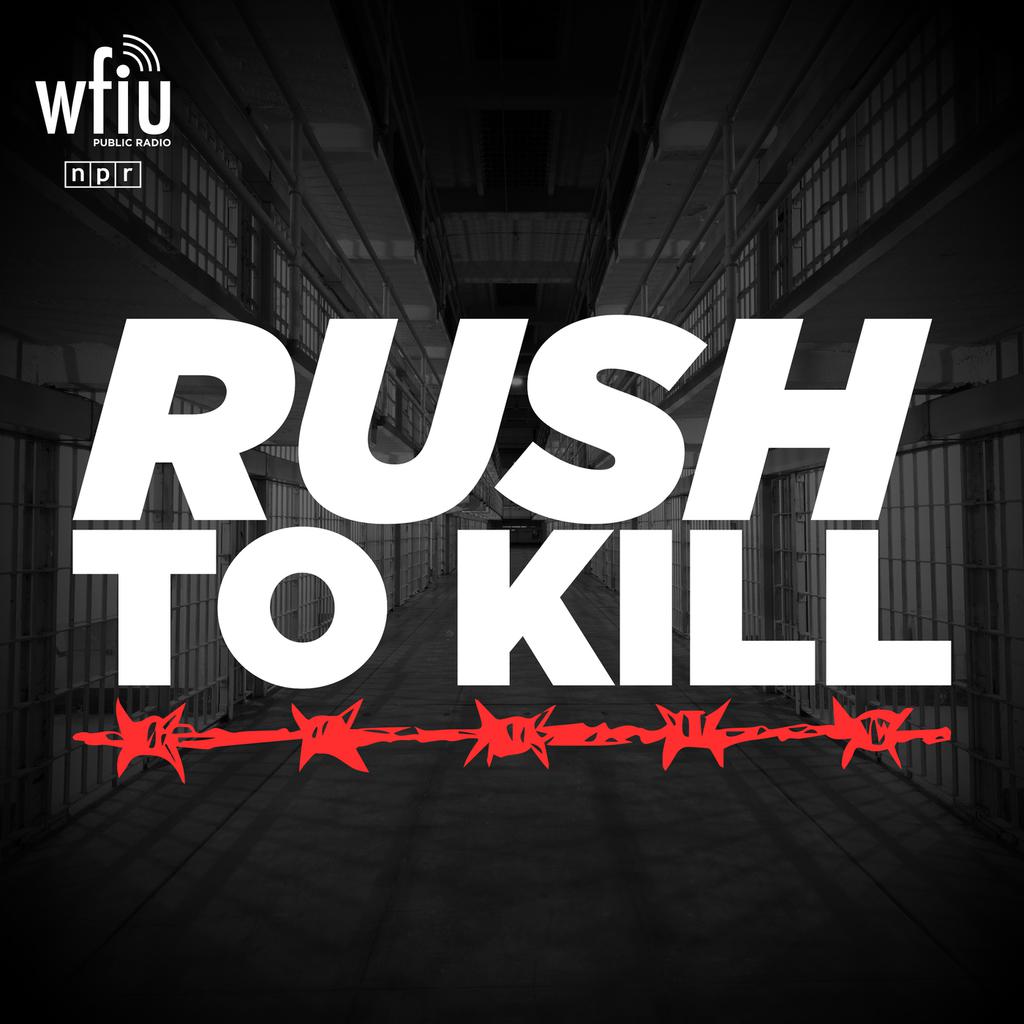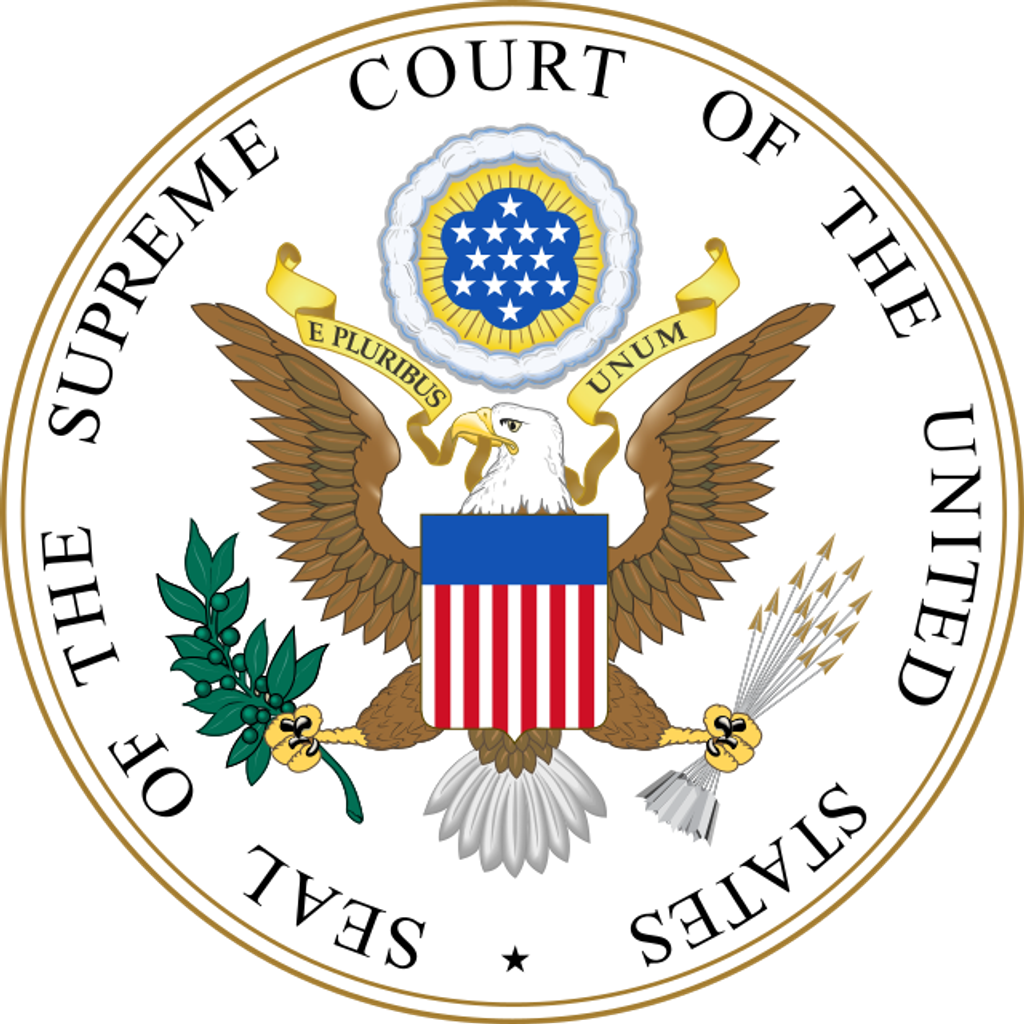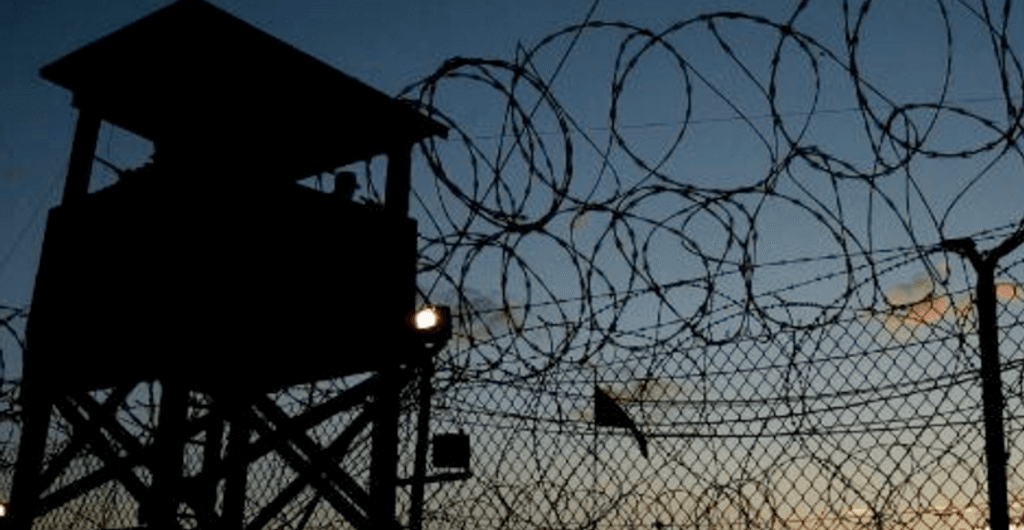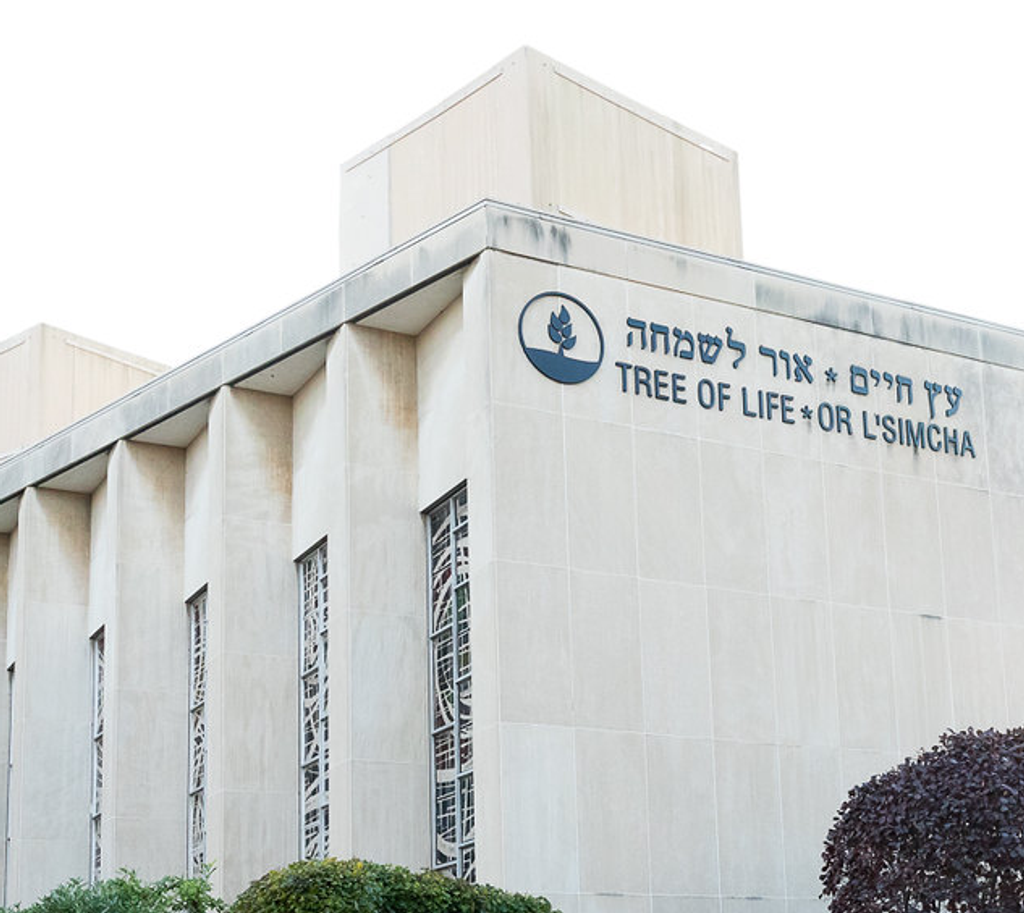Overview
The federal death penalty applies in all 50 states and U.S. territories but is used relatively rarely. There are 40 prisoners on the federal death row, most of whom are imprisoned in Terre Haute, Indiana. Sixteen federal executions have been carried out in the modern era, all by lethal injection, with 13 occurring in a six-month period between July 2020 and January 2021.
The federal death penalty was held unconstitutional following the Supreme Court’s opinion of Furman v. Georgia in 1972. Unlike the quick restoration of the death penalty in most states, the federal death penalty was not reinstated until 1988, and then only for a very narrow class of offenses. The Federal Death Penalty Act of 1994 greatly expanded the number of eligible offenses to about 60.
The use of the federal death penalty in jurisdictions that have themselves opted not to have capital punishment—such as Washington, D.C., Puerto Rico, and many states—has raised particular concerns about federal overreach into state matters.
News & Developments
News
Jul 06, 2021
Department of Justice Formally Pauses Federal Executions to Review Trump Death-Penalty Regulations
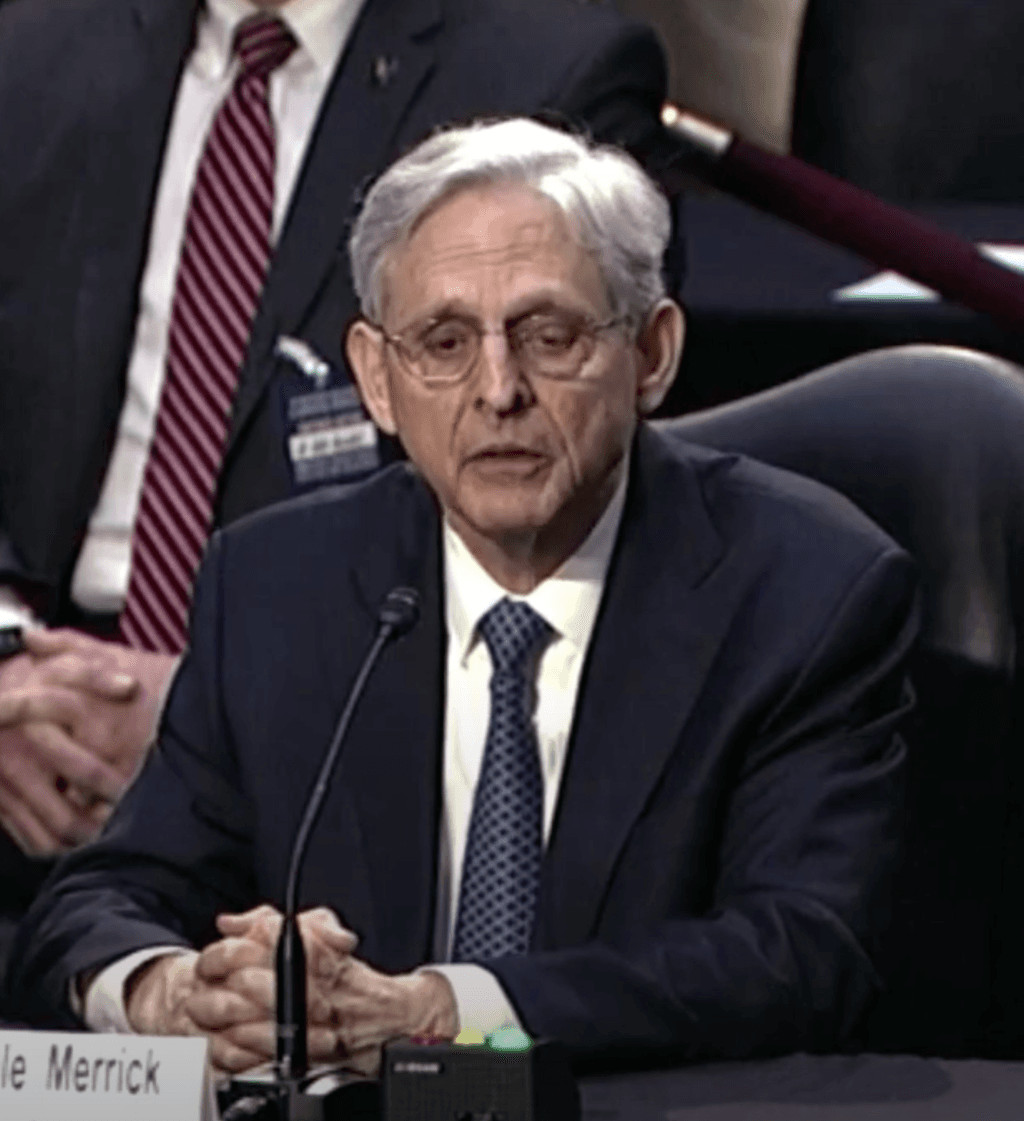
In a memorandum that left to Congress the task of addressing systemic questions of arbitrariness, racial discrimination, and wrongful convictions affecting the administration of the federal death penalty, U.S. Attorney General Merrick Garland (pictured) issued a directive formally pausing federal executions while the Department of Justice (DOJ) undertakes a review of executive branch policies adopted in the last two years of the Trump administration.
Read MoreNews
Mar 27, 2024
Federal Appellate Court Ruling Requires Investigation into Jury Bias in Boston Marathon Case
On March 21, 2024, the 1st U.S. Circuit Court of Appeals ordered the judge who presided over Dzhokhar Tsarnaev’s (pictured) trial to investigate his defense attorneys’ claims of juror bias and determine whether Mr. Tsarnaev’s death sentence should be overturned because of this bias. In a 2 – 1 decision, the 1st Circuit declined defense attorney requests to overturn Mr. Tsarnaev’s death sentence for his participation in the April 2013 Boston Marathon bombing but found that the trial judge “fell short of what was constitutionally required” in his investigation of potential jury…
Read MoreNews
Jan 16, 2024
U.S. Department of Justice Authorizes First Federal Death Penalty Case for Payton Gendron, Teen Who Killed Ten Black People in 2022
On January 12, 2024, the U.S. Department of Justice (DOJ) announced that it will seek a death sentence for Payton Gendron, the then-18-year-old who killed 10 Black people at a Tops supermarket in Buffalo, New York in 2022. This is the first capital case authorized by Attorney General Merrick Garland and the Biden Administration’s DOJ. The announcement came twenty months after the mass shooting and eleven months after Mr. Gendron pled guilty to state first degree murder charges and was sentenced to multiple sentences of life without parole. Although New…
Read MoreNews
Jan 09, 2024
Federally Death-Sentenced Prisoners Allege that New Conditions of Confinement Contributed to Recent Prisoner Death
According to statements from several federal death row prisoners, the new “adverse conditions” on death row in Terre Haute, Indiana, contributed to the December 1, 2023 death of Nasih Khalil Ra’id. Fellow prisoners say Mr. Ra’id, whose given name at birth was Odell Corley, died by suicide. Prison officials have not released the report from Mr. Ra’id’s autopsy or commented on the cause of his death.
Read MoreNews
Oct 23, 2023
In New Podcast, Rush to Kill Documents 6‑Month Federal Execution Spree Under President Donald Trump’s Administration
In July 2020, President Donald Trump’s Department of Justice, under the direction of Attorney General Bill Barr, resumed federal executions for the first time in 17 years. Over the course of the following six months, 13 federal death row prisoners were executed. During those six months, the WFIU News team was granted the opportunity to report on and witness all 13 executions at United States Penitentiary, Terre Haute in Indiana. In the time since these executions, the WFIU News team collected documents and interviewed those connected to every federal execution…
Read MoreNews
Oct 06, 2023
New Details Emerge Surrounding Federal Executions Under Trump Administration
A recent article by Associated Press journalist Michael Tarm reports new details about the thirteen federal executions that took place in 2019 – 2020, including last-minute clemency appeals for death-sentenced prisoners like Brandon Bernard. Mr. Tarm witnessed ten of the executions and spoke with a number of individuals who were involved in the process for his story. As a result of these interviews, he says that the fuller picture that has emerged shows that “officials cut corners and relied on a pliant Supreme Court to get the executions done, even…
Read MoreNews
Oct 03, 2023
Analysis Shows Supreme Court’s Changing View of Death Penalty Cases
A recent analysis by Bloomberg Law concluded that death-sentenced prisoners have fewer avenues to relief at the Supreme Court than ever before. Bloomberg identified 270 emergency requests to stay executions since 2013 and found that the Court agreed to block an execution just 11 times. Since 2020, when the Court shifted to a 6 – 3 conservative majority following the death of Justice Ruth Bader Ginsburg and the appointment of Justice Amy Coney Barrett, the Court has granted just two stays of execution. One, for John Henry Ramirez, challenged not the execution…
Read MoreNews
Sep 28, 2023
Guantanamo Bay Judge Rules 9/11 Capital Defendant Mentally Incompetent to Stand Trial
On September 21, 2023, a military judge in Guantanamo Bay ruled that Ramzi Bin al Shibh, one of five defendants in the 9/11 case for whom the death penalty is being sought, is mentally incompetent to stand trial. Mr. Bin al Shibh, who has been detained for 21 years, will remain in custody at Guantanamo as authorities attempt to treat the post-traumatic stress disorder caused when he was forced to undergo “enhanced interrogations” by the U.S. government.
Read MoreNews
Sep 07, 2023
9/11 Victims’ Family Members, Members of Congress Urge Biden Administration to Abandon Plea Negotiations with Guantanamo Detainees
Family members of some of the victims of 9/11 have asked the Biden Administration to abandon current plea negotiations with Guantánamo detainees that would remove the possibility of death sentences for the men accused of planning the 9/11 terror attacks. Khalid Shaikh Mohammed and his four co-defendants have been held for more than twenty years, first at CIA black sites where they were subject to “enhanced interrogation techniques” and then at Guantánamo, but none has proceeded to trial. The request came after family members were notified by the Pentagon on August…
Read MoreNews
Aug 03, 2023
Jurors Sentence Robert Bowers to Death for 2018 Synagogue Shooting
On August 1, 2023, death-qualified federal jurors unanimously recommended a sentence of death for Robert Bowers, who they had earlier convicted of killing 11 Jewish worshippers at a Pittsburgh synagogue in October 2018. The jury agreed with all five aggravating factors alleged by the prosecution during the penalty phase but rejected defense counsel’s argument that Mr. Bowers’ schizophrenia and delusions meant he should not be sentenced to death. He will be formally sentenced by the court on August 3, 2023. Family members of the victims, some of whom will address…
Read MoreNews
Jul 13, 2023
Jury Finds Defendant Eligible for Federal Death Penalty in Pittsburgh Synagogue Trial
The jury that found Richard Bowers guilty of all 63 federal charges he faces in connection with the 2018 Pittsburgh synagogue shooting found him eligible for the death penalty on July 13, 2023. Jurors deliberated for about two hours before finding that the prosecution had met its burden by proving that Mr. Bowers had the necessary intent to commit the crime and that the crime had specific aggravating factors for eligibility. These factors included the vulnerability of several of the victims. Defense counsel presented evidence of Mr. Bowers’ mental health…
Read More




